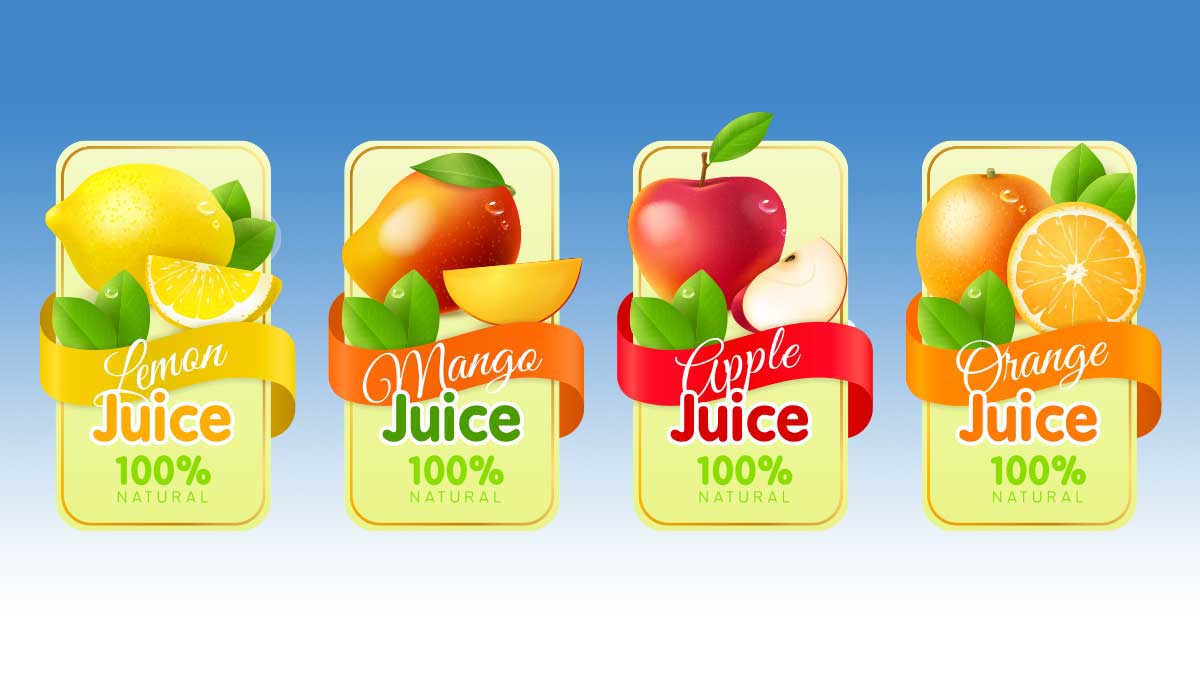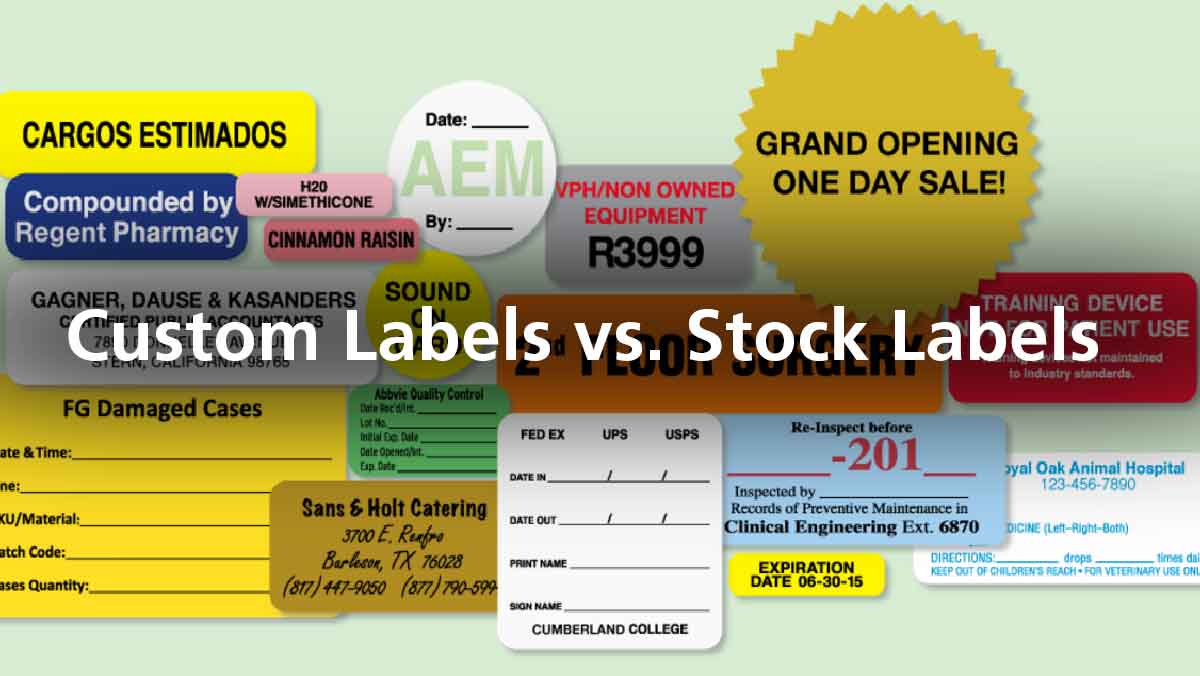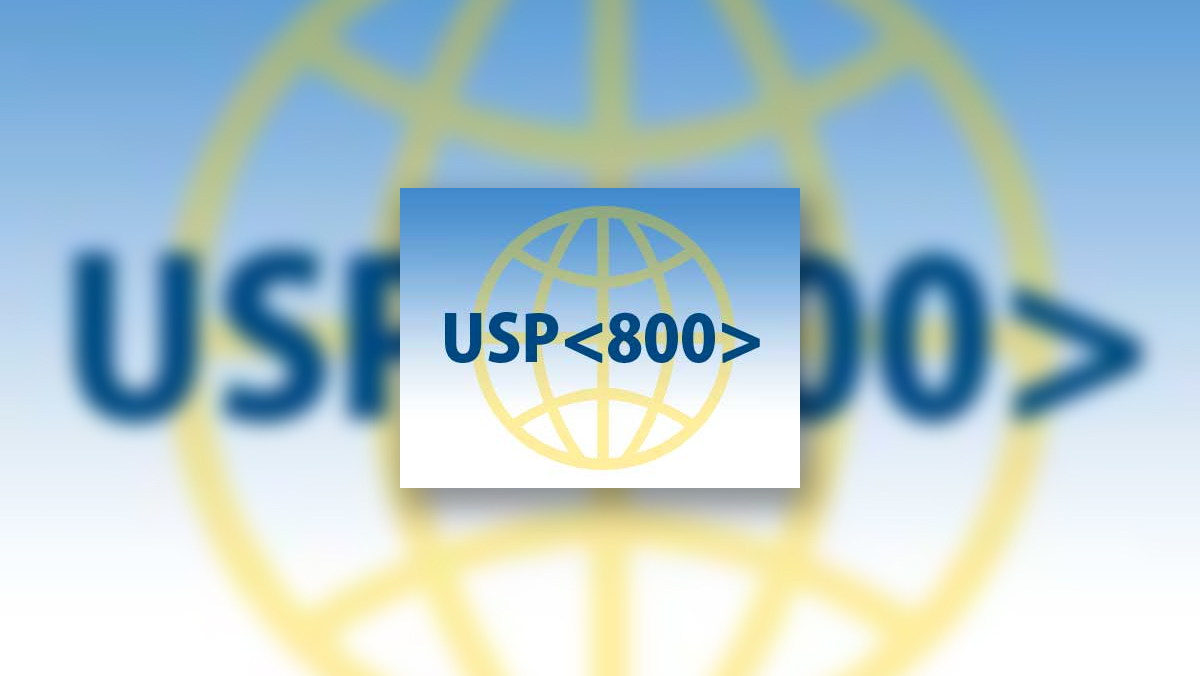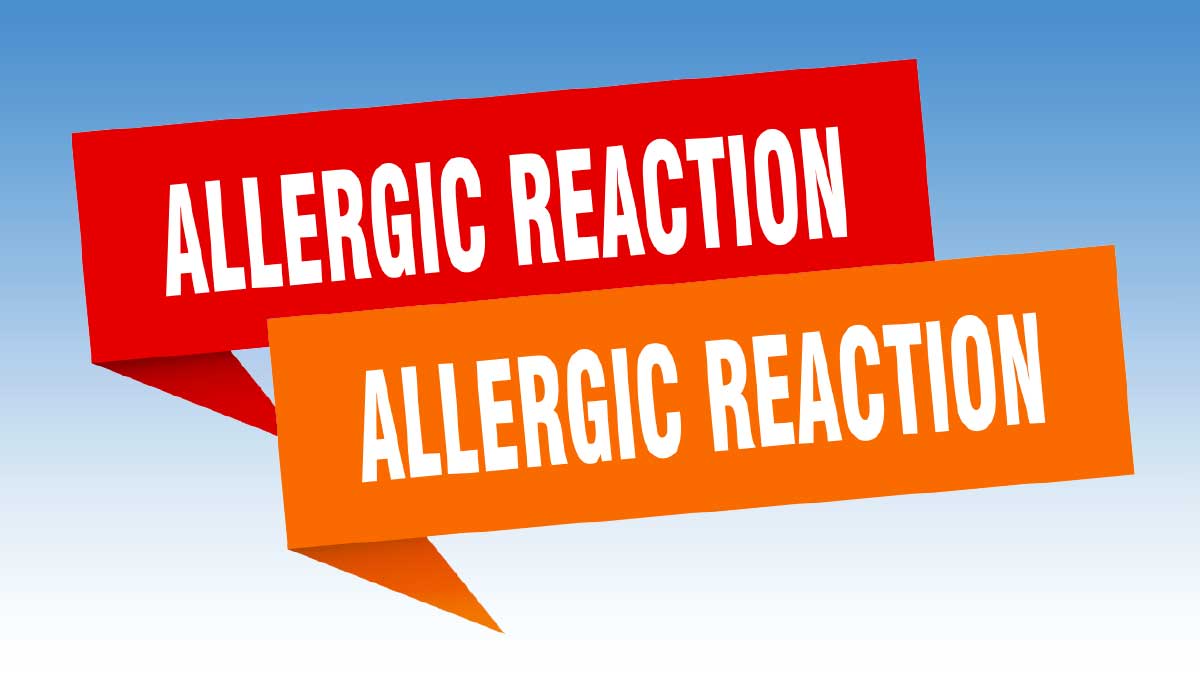Featured Blogs

4 Benefits of Using Multi-Version Labeling
How tough is the competition for consumer products? The average grocery store carries more than 39,0 ...
Jan. 23, 2023 | Reduce costs and increase convenience

Custom Labels vs. Stock Labels
Labels help organizations facilitate business functions. From differentiating a product, tracking in ...
Jan. 17, 2023 | Reduce costs and increase convenience

USP 800 Labeling Requirements
Although sterile compounding standards have been in place for two decades, a recent ISPM study found ...
Jan. 16, 2023 | Patient Safety And Compliance

Medical Allergy Alert Stickers 101
More than 50 million people in the U.S. experience allergies each year. Although seasonal varieties ...
Jan. 09, 2023 | Patient Safety And Compliance